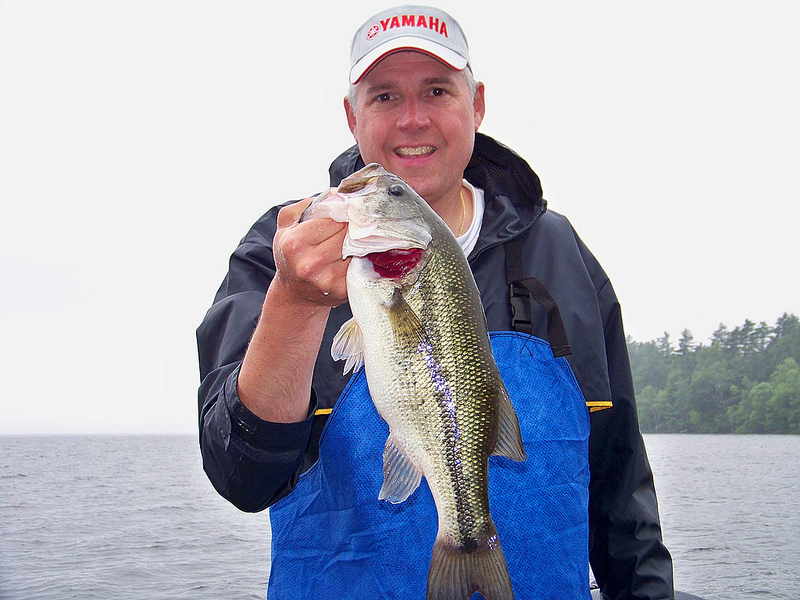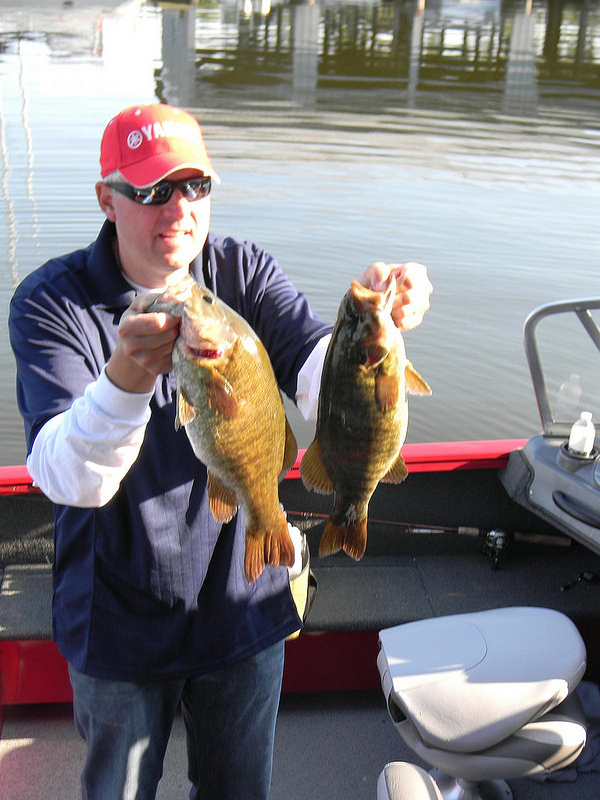 If you are an angler living up north, you’ve probably spent the long winter ice fishing with your buddies. Nothing like the experience of cooking up a hearty meals and waiting to feel that tug on your jigging stick that indicates you’ll be pulling up a bass, pickerel, perch or pike.
If you are an angler living up north, you’ve probably spent the long winter ice fishing with your buddies. Nothing like the experience of cooking up a hearty meals and waiting to feel that tug on your jigging stick that indicates you’ll be pulling up a bass, pickerel, perch or pike.
However, as much fun as this is, we all look forward to ice out. It’s a new season filled with phenomenal fishing on lakes, ponds, reservoirs and rivers. Life is rejuvenated; a million species are moving, waking up and coming out in the warming landscape.
In addition to seeing all the organisms in the water start doing their thing one of the best things to do while fishing is to watch the migrating waterfowl, eagles, hawks, osprey, cormorants and loons. These birds are not only beautiful to watch, but play a role in locating baitfish. Of course, the electronic savvy angler really doesn’t need the birds, but you should still tune in to them for the information they are relaying. As good as your sonar is, it doesn’t swoop down to the water and fly away with lunch.
Spring turnover happens to be an awesome time for reeling in those fish. The fresh oxygen filled water brings most species of fish up and about like our first cup of coffee gets us moving.
 Largemouth bass tend to hang back a little more – enjoying their winter retreat – compared to smallmouth, trout and pan fish. So if you’re only targeting largemouth, remember that they can be located in a number of different areas, making it a bit longer between fish. They could be in staging areas outside flats. Just like the rest of the year, they will always relate to cover – obviously weed lines have died but you can usually find a mound, some weeds that didn’t rot and float away, stumps, rocks, old tires etc.
Largemouth bass tend to hang back a little more – enjoying their winter retreat – compared to smallmouth, trout and pan fish. So if you’re only targeting largemouth, remember that they can be located in a number of different areas, making it a bit longer between fish. They could be in staging areas outside flats. Just like the rest of the year, they will always relate to cover – obviously weed lines have died but you can usually find a mound, some weeds that didn’t rot and float away, stumps, rocks, old tires etc.
Sometimes the winter ice has moved things around, changing an underwater stump or log location, which only adds to the fun of locating new spots. You’ll have the best luck with jerk baits (hard and soft) and stick baits. Fish using slow, erratic, pauses, twitches to trigger strikes while retrieving the bait.
A slow-rolling spinnerbait is also a pretty good bet when you’ve got a good assortment of hard structure. It’s not just the slow roll, but the pause and drop when it really starts working. Although you’ve probably read that smallmouth bass are supposed to be a bit lethargic at ice out, but something about a flashy spinner that really gets them going. On warmer days with sun, you should be able to tear it up on the flats. Once you get a few days of good sun, and the water temps edge up closer to 60 degrees, the bass are definitely heading shallow — from there it’s on!
Article and photos courtesy of New England fishing legend Dan Kenney